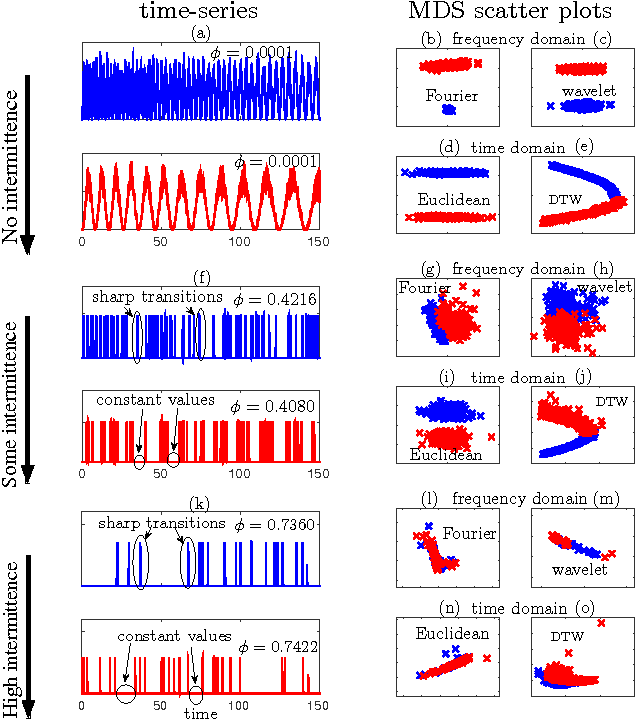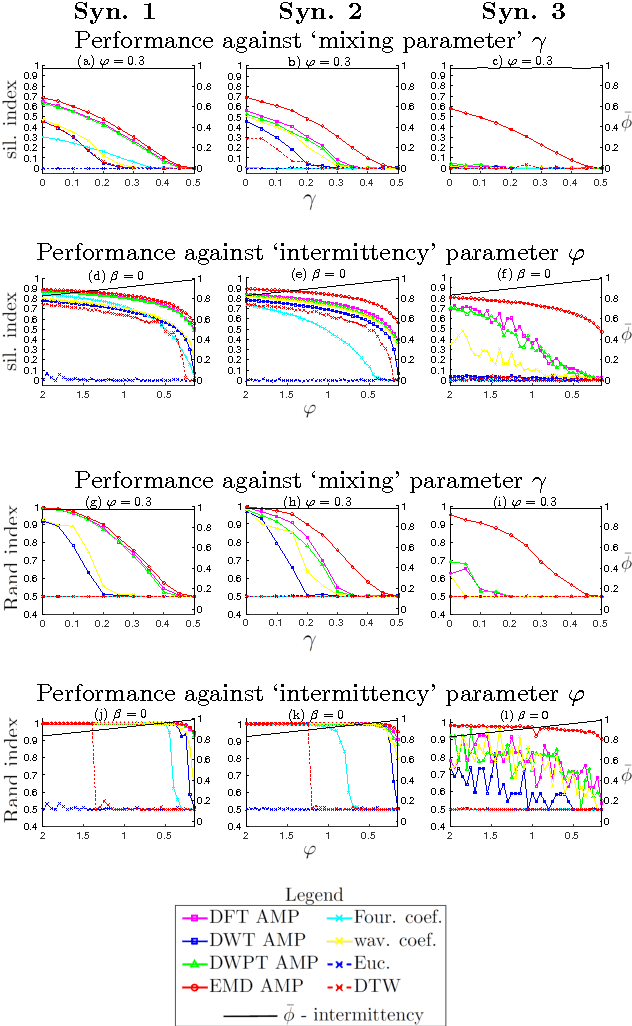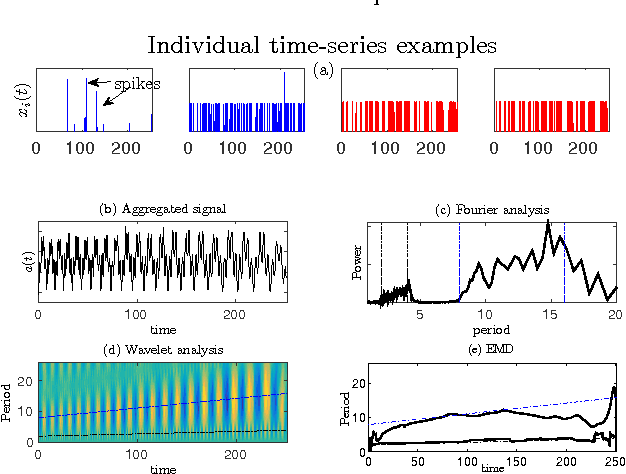James Goulding
Exploring the Unexplored: Understanding the Impact of Layer Adjustments on Image Classification
Jan 25, 2024Abstract:This paper investigates how adjustments to deep learning architectures impact model performance in image classification. Small-scale experiments generate initial insights although the trends observed are not consistent with the entire dataset. Filtering operations in the image processing pipeline are crucial, with image filtering before pre-processing yielding better results. The choice and order of layers as well as filter placement significantly impact model performance. This study provides valuable insights into optimizing deep learning models, with potential avenues for future research including collaborative platforms.
CCC/Code 8.7: Applying AI in the Fight Against Modern Slavery
Jun 24, 2021Abstract:On any given day, tens of millions of people find themselves trapped in instances of modern slavery. The terms "human trafficking," "trafficking in persons," and "modern slavery" are sometimes used interchangeably to refer to both sex trafficking and forced labor. Human trafficking occurs when a trafficker compels someone to provide labor or services through the use of force, fraud, and/or coercion. The wide range of stakeholders in human trafficking presents major challenges. Direct stakeholders are law enforcement, NGOs and INGOs, businesses, local/planning government authorities, and survivors. Viewed from a very high level, all stakeholders share in a rich network of interactions that produce and consume enormous amounts of information. The problems of making efficient use of such information for the purposes of fighting trafficking while at the same time adhering to community standards of privacy and ethics are formidable. At the same time they help us, technologies that increase surveillance of populations can also undermine basic human rights. In early March 2020, the Computing Community Consortium (CCC), in collaboration with the Code 8.7 Initiative, brought together over fifty members of the computing research community along with anti-slavery practitioners and survivors to lay out a research roadmap. The primary goal was to explore ways in which long-range research in artificial intelligence (AI) could be applied to the fight against human trafficking. Building on the kickoff Code 8.7 conference held at the headquarters of the United Nations in February 2019, the focus for this workshop was to link the ambitious goals outlined in the A 20-Year Community Roadmap for Artificial Intelligence Research in the US (AI Roadmap) to challenges vital in achieving the UN's Sustainable Development Goal Target 8.7, the elimination of modern slavery.
AMP: a new time-frequency feature extraction method for intermittent time-series data
Jul 27, 2015



Abstract:The characterisation of time-series data via their most salient features is extremely important in a range of machine learning task, not least of all with regards to classification and clustering. While there exist many feature extraction techniques suitable for non-intermittent time-series data, these approaches are not always appropriate for intermittent time-series data, where intermittency is characterized by constant values for large periods of time punctuated by sharp and transient increases or decreases in value. Motivated by this, we present aggregation, mode decomposition and projection (AMP) a feature extraction technique particularly suited to intermittent time-series data which contain time-frequency patterns. For our method all individual time-series within a set are combined to form a non-intermittent aggregate. This is decomposed into a set of components which represent the intrinsic time-frequency signals within the data set. Individual time-series can then be fit to these components to obtain a set of numerical features that represent their intrinsic time-frequency patterns. To demonstrate the effectiveness of AMP, we evaluate against the real word task of clustering intermittent time-series data. Using synthetically generated data we show that a clustering approach which uses the features derived from AMP significantly outperforms traditional clustering methods. Our technique is further exemplified on a real world data set where AMP can be used to discover groupings of individuals which correspond to real world sub-populations.
 Add to Chrome
Add to Chrome Add to Firefox
Add to Firefox Add to Edge
Add to Edge